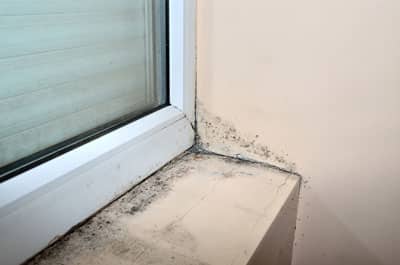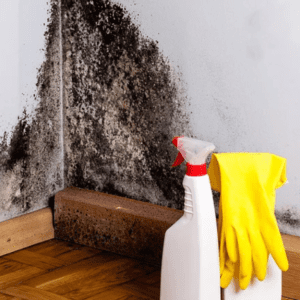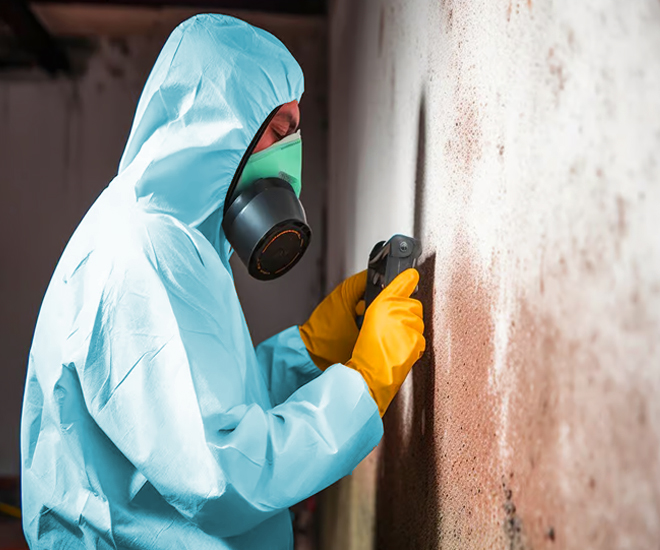After Mold Remediation Approaches for Tidy Areas
After Mold Remediation Approaches for Tidy Areas
Blog Article
Your Ultimate Overview to Blog Post Mold And Mildew Removal Strategies
Navigating the world of post-mold removal strategies is a thorough procedure that requires interest to information and a comprehensive understanding of the intricacies entailed. In the aftermath of mold and mildew problem, recognizing how to efficiently remove the mold and prevent its reoccurrence is critical for preserving a healthy and balanced indoor setting. From choosing the best cleaning and decontaminating techniques to applying approaches for long-term mold and mildew avoidance, each step in the remediation journey plays a vital duty in making sure a successful end result. As we begin on this expedition of post-mold remediation techniques, we will certainly discover the crucial strategies and ideal methods that can assist you recover your space to its pre-mold condition and protect it against future mold and mildew risks.
Comprehending Post-Mold Removal Refine
After completing the mold and mildew removal process, it is essential to comprehend the post-mold removal strategies that are essential to guarantee a reliable and extensive clean-up. When the mold has been eliminated, the following step entails cleaning and sanitizing the affected areas to prevent any kind of regrowth of mold and mildew.
In addition, conducting a last assessment post-remediation is essential to make sure that all mold and mildew has been successfully removed. If the examination exposes any kind of lingering mold, added removal might be needed.
Effective Cleaning and Disinfecting Methods

Preventing Future Mold And Mildew Development

Importance of Proper Ventilation
Correct ventilation plays a critical role in avoiding moisture buildup, a key element in mold development within indoor settings. Reliable air flow systems help remove excess humidity from the air, lowering the opportunities of mold spores discovering the wetness they need to sprout and spread. Without sufficient air flow, indoor rooms can come to be a reproduction ground for mold and mildew, causing possible wellness threats and structural damages.
By making certain correct air circulation, air flow systems can also aid in drying damp areas faster after water damage or flooding occurrences, even more deterring mold development. After mold remediation. In rooms like washrooms, kitchens, attics, and cellars where moisture degrees often tend to be greater, mounting and maintaining efficient air flow systems is essential in stopping mold and mildew infestations

Surveillance and Upkeep Tips
Provided the important function her comment is here that correct ventilation plays in stopping mold growth, it is crucial to establish effective surveillance and maintenance ideas to ensure the continued capability of air flow systems. Regular assessments of air flow systems ought to be performed to examine for any indications of blockages, leakages, or breakdowns that could hamper correct airflow. Tracking moisture degrees within the building is likewise important, as high humidity can add to mold and mildew development. Setting up a hygrometer can assist track moisture levels and alert house owners to any spikes that may call for interest. In addition, ensuring that air filters are routinely cleansed or changed is important for maintaining the performance of the air flow system. Applying a timetable for regular maintenance tasks, such as duct cleaning and heating and cooling system evaluations, can help avoid concerns before they intensify. By staying mindful and proactive to the problem of ventilation systems, homeowner can successfully reduce the threat of mold regrowth and maintain a healthy and balanced indoor setting.
Final Thought
Finally, post-mold removal methods are crucial for making certain a tidy and safe environment. Recognizing the procedure, executing efficient cleansing and sanitizing techniques, stopping future mold growth, keeping appropriate ventilation, and routine monitoring are all important action in the removal process. By complying with these guidelines, you can successfully remove mold and mildew and prevent its return, functioning or advertising a healthy living area for all occupants.
In the after-effects of mold and mildew problem, understanding just how to efficiently eradicate the mold and mildew and avoid its reoccurrence is extremely important for maintaining a healthy indoor environment. As soon as the mold has actually been removed, the next step involves cleaning and decontaminating the affected areas to prevent any type of regrowth of mold - Post Remediation verification. After getting rid of visible mold development, it is crucial to cleanse all surfaces you can look here in the afflicted location to eliminate any kind of remaining mold and mildew spores. To additionally boost mold prevention actions, it is essential to attend to underlying issues that initially led to mold advancement.Offered the critical role that proper ventilation plays in stopping mold and mildew development, it is important to establish efficient tracking and upkeep ideas to make sure the ongoing capability of air flow systems
Report this page